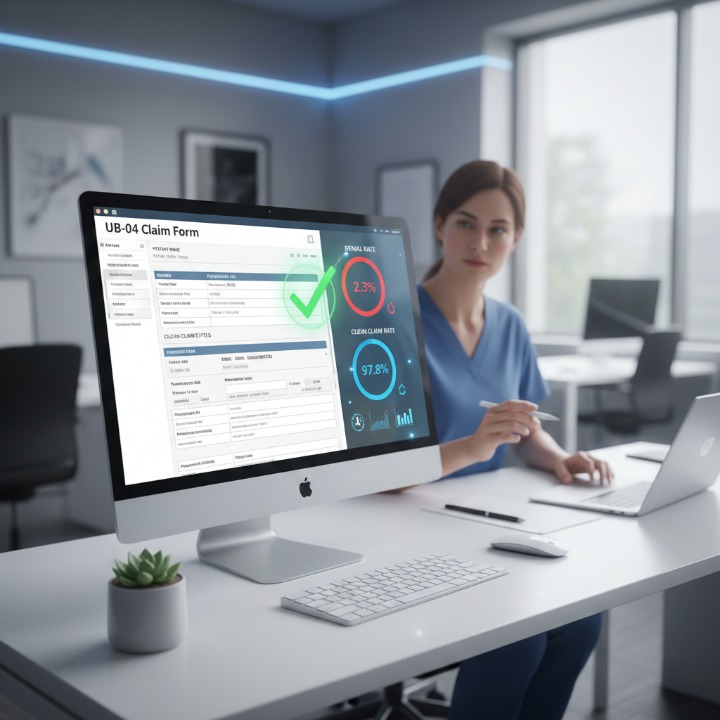The healthcare industry is undergoing rapid transformation, and nowhere is this more visible than in the way patients handle medical bills. In 2025, patient payment trends are at the top of mind for both healthcare organizations and billing companies. With rising costs, evolving payment systems, and shifting patient experiences, the pressure is on billing companies to adapt and modernize their approach.
1. Patient Payment Trends 2025: The Shift Toward Digital Payment Systems
Gone are the days when paper checks were the primary way to pay for healthcare. Today’s patients expect digital payment methods that are fast, secure, and convenient. From credit card transactions to mobile wallets, the demand for multiple payment options has reshaped the revenue cycle.
- According to PatientPay, digital platforms not only improve collection rates but also enhance patient experiences by reducing friction in the billing process.
- Healthcare leaders featured on Forbes highlight that improving financial transparency through technology is now non-negotiable.
2. Patient Payment Trends 2025: Why Patients Expect Transparency and Flexible Payment Plans
Modern patients are informed consumers. They expect more than just a bill—they want clear explanations, secure handling of sensitive patient data, and flexible payment plans.
- A report on PharmiWeb emphasizes that trends in healthcare payments show a rising demand for real-time cost breakdowns.
- Flexible payment plans not only help patients manage long-term financial obligations but also reduce bad debt for practices.
3. How Patient Payment Trends in 2025 Use Patient Data to Improve the Revenue Cycle
Harnessing patient data is becoming critical in 2025. By analyzing payment behaviour, billing companies can identify patterns, predict late payments, and offer tailored payment options.
- Insights from iFiveGlobal reveal that data-driven billing strategies significantly enhance the revenue cycle by personalizing collection approaches.
- Tools like MailMyStatements integrate with EHRs to ensure timely, accurate delivery of statements—boosting both cash flow and patient experiences.
4. Technology-Driven Payment Systems Are Reshaping Billing
The healthcare industry is embracing tech-powered payment systems to create smoother experiences. From AI-powered reminders to automated payment options, billing companies that adopt innovation will thrive.
- IoT For All reports that connected devices are even influencing healthcare organizations by integrating payment systems into telehealth platforms.
- Kubra highlights how omnichannel bill-pay solutions meet patients wherever they are—online, mobile, or in person.
5. Improving Financial Health for Healthcare Organizations
Adapting to new patient payment models isn’t just about convenience; it’s about survival. Healthcare organizations must embrace rapidly evolving systems to keep their finances strong.
- PCIS Gold showcases how modern billing software can streamline complex transactions.
- PayGround emphasizes that patient-centric billing solutions improve both cash flow and satisfaction.
- Industry updates from HIStalk stress that billing companies who ignore these shifts risk falling behind in a rapidly evolving landscape.
Read our full guide on Clean Claims Medical Billing 2025
Learn why credentialing in medical billing is critical for revenue cycle efficiency.
Patient payment behaviour directly impacts the revenue cycle of healthcare providers. In a rapidly evolving industry, adapting to modern payment systems ensures stronger financial performance.
Yes. While some still use paper checks, most patients expect digital payment options like mobile wallets and credit card payments.
By investing in secure payment systems and compliance tools that safeguard sensitive patient information while providing smooth patient experiences.
Flexible payment plans help patients manage long-term bills, while giving providers a reliable path to recovering costs.
They must embrace digital payment platforms, leverage patient data, and implement innovative payment systems that align with what patients expect in 2025.










